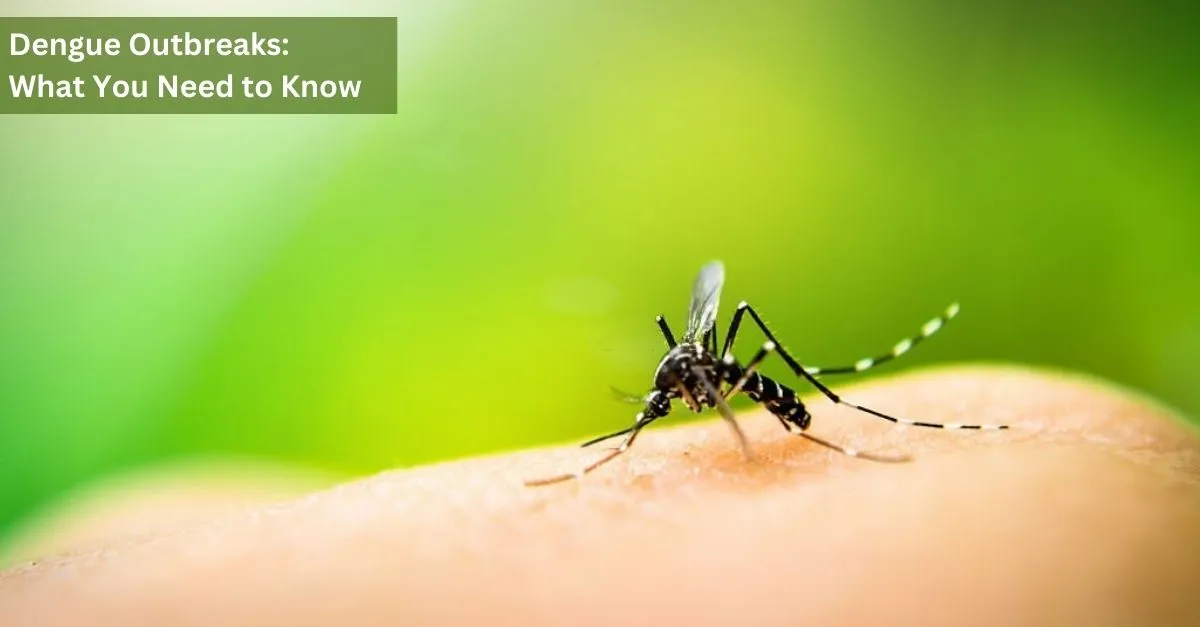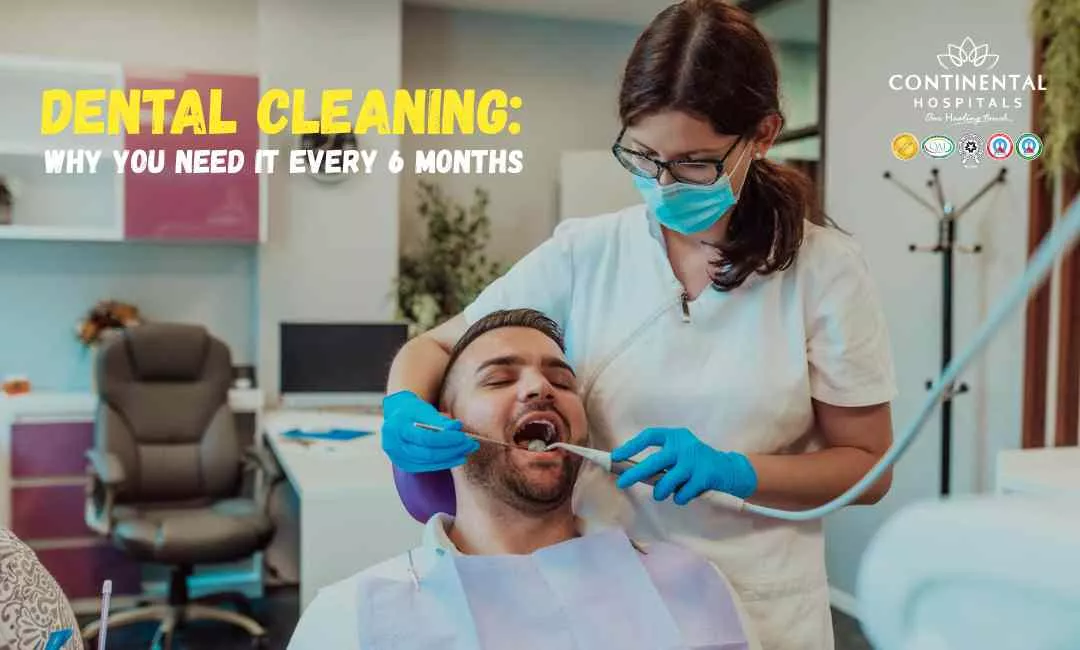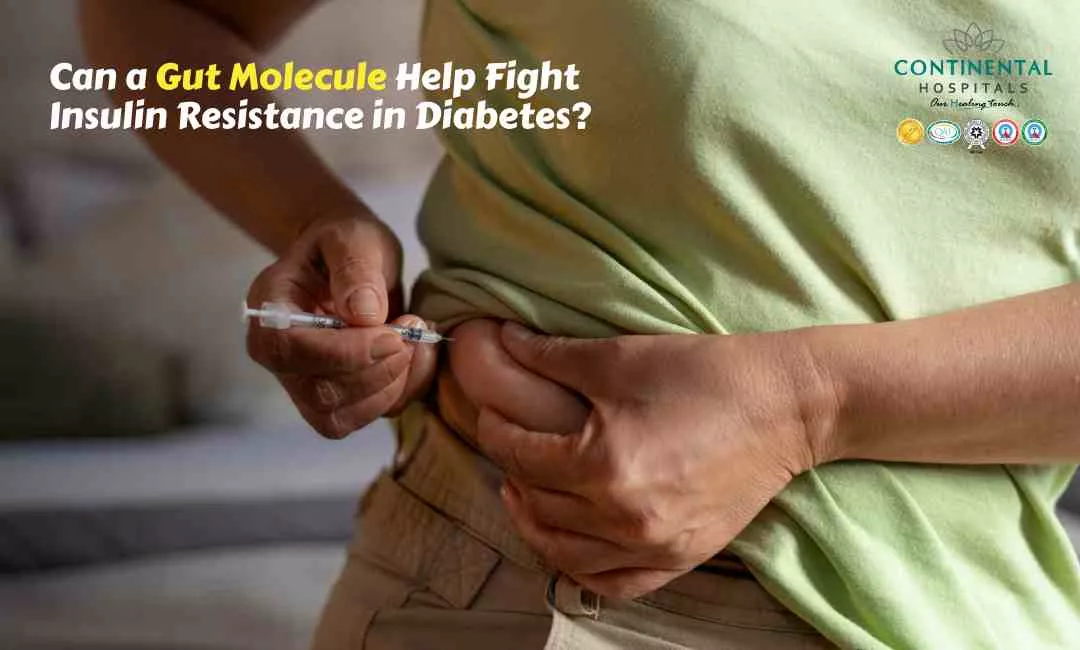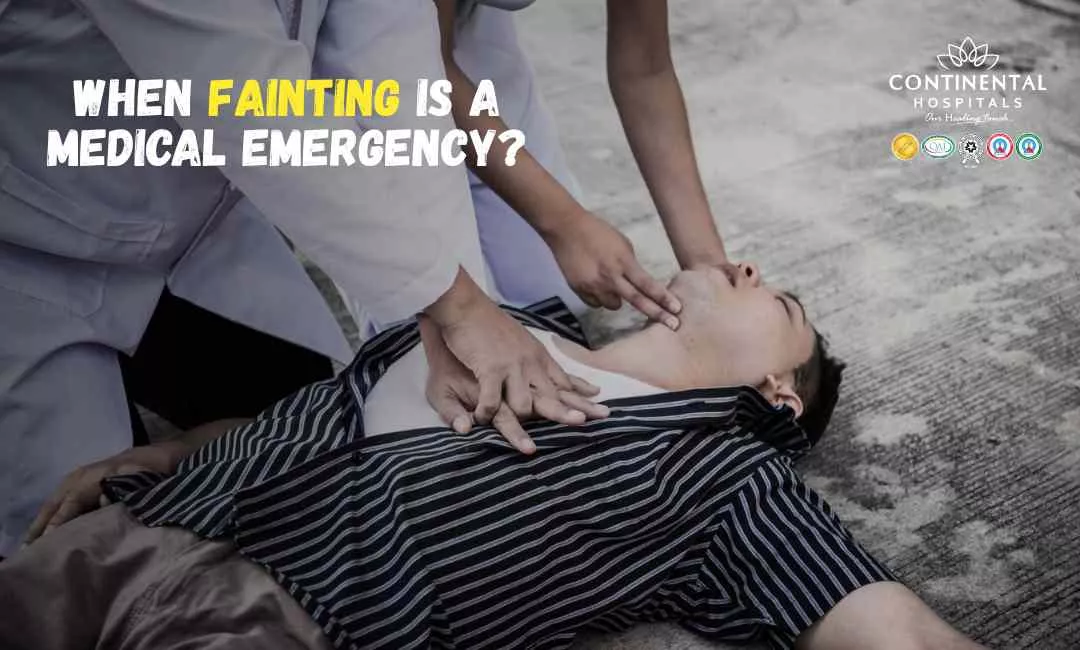Dengue fever is a viral illness that affects millions of people worldwide, particularly in tropical and subtropical regions. It is transmitted by the Aedes mosquito, primarily Aedes aegypti, and can lead to severe complications if left untreated. Dengue outbreaks have become a significant public health concern, with periodic surges in cases leading to increased morbidity and mortality. This article explores what you need to know about dengue outbreaks, including the causes, symptoms, prevention, and ongoing efforts to combat this global health threat.
The Basics of Dengue
Dengue is caused by the dengue virus, which belongs to the Flaviviridae family. There are four distinct serotypes of the dengue virus, DEN-1, DEN-2, DEN-3, and DEN-4. Infection with one serotype does not provide immunity against the others, and multiple infections can increase the risk of severe dengue. The virus is primarily transmitted through the bite of an infected Aedes mosquito.
Symptoms of Dengue
Dengue infection can range from mild to severe, with symptoms appearing 4-10 days after being bitten by an infected mosquito. Common symptoms include:
- High fever
- Severe headaches
- Joint and muscle pain
- Skin rash
- Bleeding and easy bruising
🥗 Healthy Plate Challenge
🍽 Add Your Favorite Dish
Pick Your 6 favorite foods, eat, and see the results.Drag & drop foods onto your plate.
Drop Food Here
Severe dengue, also known as dengue hemorrhagic fever or dengue shock syndrome, can lead to life-threatening complications. It is characterized by plasma leakage, severe bleeding, and organ impairment. Early detection and prompt medical care are essential to prevent fatalities.
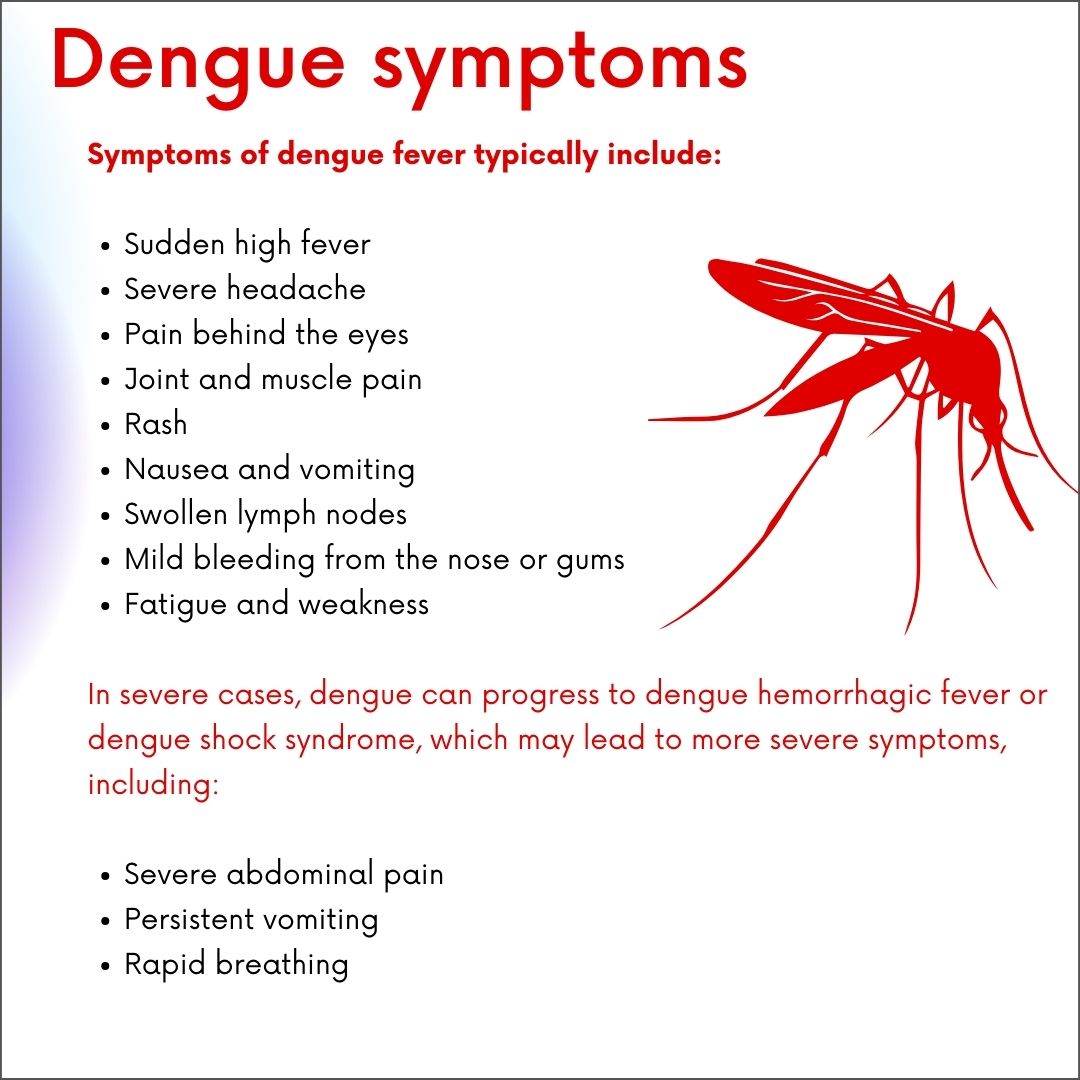
If you suspect you have dengue or are experiencing symptoms, consult a General Physician for a proper diagnosis and guidance on appropriate care.
Dengue Outbreaks
Dengue outbreaks occur when there is a sudden increase in the number of dengue cases within a specific region or population. Several factors contribute to the occurrence of dengue outbreaks:
a. Mosquito Vector Population: Aedes mosquitoes breed in stagnant water and can thrive in urban and semi-urban areas. Increased mosquito populations can lead to more transmission.
b. Climate Conditions: Temperature and rainfall patterns can influence mosquito breeding and dengue virus transmission. Warmer and wetter conditions create ideal breeding grounds for Aedes mosquitoes.
c. Lack of Immunity: In regions where dengue is not endemic, the population may have low immunity to the virus, making them more susceptible to infection during an outbreak.
d. Travel and Urbanization: The movement of infected individuals and urbanization can introduce the virus to new areas, increasing the risk of outbreaks.
e. Serotype Shift: Changes in the predominant dengue virus serotype can lead to increased cases, as people may have limited immunity to the new serotype.
Global Impact of Dengue Outbreaks
Dengue outbreaks have a significant global impact, affecting over 100 countries and putting nearly half of the world's population at risk. According to the World Health Organization (WHO), an estimated 390 million dengue infections occur annually, with 96 million manifesting clinically. Severe dengue results in approximately 20,000 deaths each year.
The economic burden of dengue outbreaks is substantial, with high healthcare costs and lost productivity due to illness. Moreover, the strain on healthcare systems during outbreaks can impede the treatment of other medical conditions.
Prevention and Control
Preventing dengue outbreaks and controlling the spread of the virus is a complex challenge. It requires a multi-pronged approach involving governments, public health agencies, and the community. Key strategies for dengue prevention and control include:
a. Mosquito Control: Eliminating mosquito breeding sites, using insecticides, and implementing biological control measures to reduce the Aedes mosquito population.
b. Public Awareness: Educating communities about dengue transmission, symptoms, and prevention methods to reduce mosquito exposure.
c. Vaccination: The development of dengue vaccines is a critical component of control efforts. Several vaccines are in use or under development, offering some level of protection against the virus.
d. Early Detection and Treatment: Timely diagnosis and appropriate medical care can prevent mild cases from progressing to severe dengue. Early detection of outbreaks is also essential for effective control.
e. Community Engagement: Engaging communities in dengue control programs, including clean-up campaigns and reporting of potential mosquito breeding sites, can be highly effective.
f. Research and Surveillance: Ongoing research to better understand dengue and monitor disease trends is essential for targeted control efforts.
Challenges in Dengue Control
While there have been significant advancements in dengue prevention and control, several challenges persist:
a. Vaccine Efficacy: Dengue vaccines vary in their efficacy against different serotypes, making it challenging to provide comprehensive protection.
b. Vector Resistance: Aedes mosquitoes can develop resistance to insecticides, reducing the effectiveness of control efforts.
c. Diagnostic Challenges: Early diagnosis of dengue can be challenging, as symptoms can be similar to other febrile illnesses.
d. Climate Change: Climate change can impact the distribution and behavior of Aedes mosquitoes, potentially increasing the geographic range of dengue transmission.
e. Cross-Border Spread: Dengue can easily cross borders, making it a regional and global concern.
Global Response
The global community recognizes the importance of addressing dengue outbreaks. The WHO has established the Global Strategy for Dengue Prevention and Control, which aims to reduce dengue-related mortality and morbidity by improving diagnosis, case management, and surveillance. Additionally, international organizations and governments collaborate to share information, research, and best practices in dengue control.
Conclusion
Dengue outbreaks remain a significant public health concern, impacting millions of individuals and posing economic and healthcare challenges worldwide. While progress has been made in understanding the virus, developing vaccines, and implementing control measures, dengue continues to threaten communities. Vigilance, research, and community engagement are essential to combat this ongoing global health threat. Efforts to prevent and control dengue outbreaks are crucial to reduce the burden of the disease and ultimately save lives.
If you suspect you have dengue or are experiencing symptoms, consult a General Physician for a proper diagnosis and guidance on appropriate care.
Related Blog Articles:
1. Dengue Fever-Symptoms, Causes and Treatment
2. Dengue in Children: Symptoms, Treatment, and Protecting Kids from the Disease
.webp)

